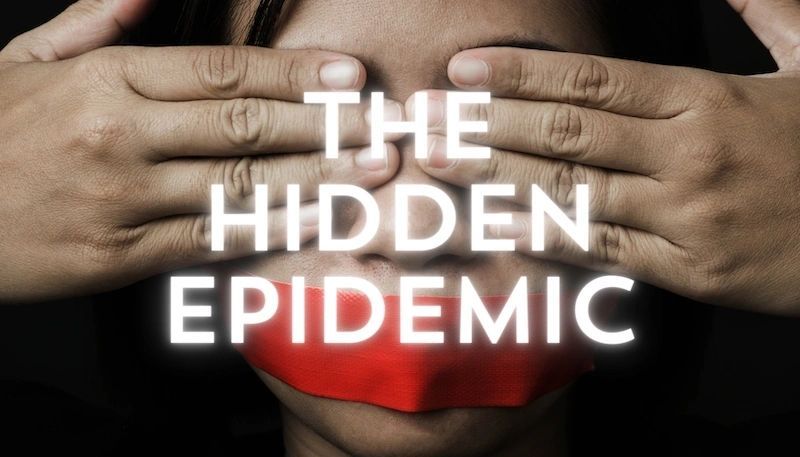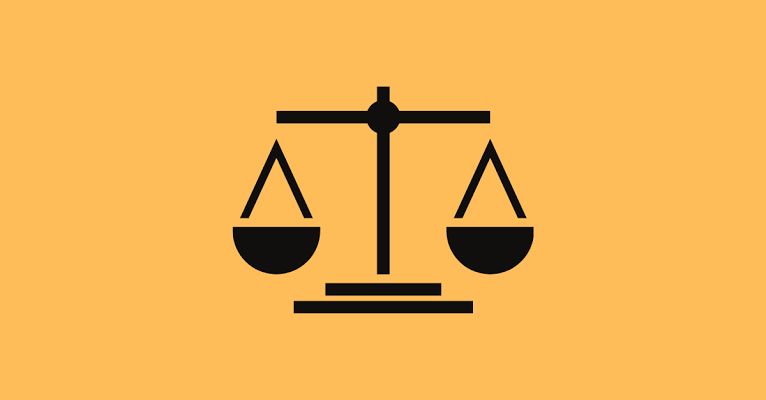ABSTRACT
This article revolves around the issue in the hijab verdict that whether the ban on hijab has something to do with the political agenda or is there and political benefit which the government will take on the pretext of creating controversies in the name of creating a secular country. This article covers the contentions of wearing and banning hijab with the valid reasons and how the case came into limelight in the State of Karnataka.
INTRODUCTION
The contention begun within the town of Udupi, a little common district of Karnataka state in southwest India, where young ladies wearing the hijab were not permitted to enter a college campus since the organization considered it a infringement of uniform rules. A few understudies dissented against the boycott, and dissents raised into violence. From this minor portion of Karnataka, the hijab push spread to other parts of the nation. In reaction to Muslim ladies wearing the hijab on campuses, numerous Hindu understudies took to wearing saffron shawls, a colour seen as a Hindu symbol. The matter come to a Karnataka high court as a few Muslim students filed petitions claiming that they have the right to wear the hijab under the guarantees given by the Indian Constitution. But the high court’s verdict kept the ban, contending that the hijab isn’t an essential part of Islam. Shockingly, the seat in Karnataka incorporates one Muslim lady judge.
TO THE POINT
- To begin with, school administration might present a uniform for students that’s guided by the needs of education and the constitution. Education is concerned with the teaching-learning prepare. The sartorial choices of students or indeed instructors don’t have any pertinence to this handle. In truth, preventing students from choosing what they need to wear may block the elemental right to instruction. Further, it cannot be coherently contended that the fashion choice of students blocks the integrity of the teaching-learning handle.
- It is absurd to claim that dress can affect uniformity, keenness and open arrange. Instruction is concerned with upgrading the capacity of students to take an interest in social life after they graduate. This incorporates joining the labor drive, partaking within the political handle, and building and supporting communities. Comprehensive improvement does not require all individuals to be portion of fashion homogeneity, but it does require their interest in socially beneficial exercises. Homogeneity is contradictory to balance with differences. After all, the motto of India is “unity in diversity,” not unity before diversity
- Supreme Court, within the case of Asha Ranjan vs. State of Bihar and Ors, argued that there can be conflict between the legitimate rights of two people. In such an occasion, the interest of the more extensive community would be used to decide whose rights are prioritized. However the person style choices of students or teachers not one or the other weaken the rights of others nor influence the open. In this way, in this case, the adjust test isn’t pertinent since there are no clashes between people with respect to their rights as ensured by Article 21 of the structure.
- Looking for to relate the boycott on wearing a hijab exclusively with Article 25 is lawfully untenable. In reality, in case this standalone offer to Article 25 of the structure is made, at that point it takes off the entryway open to characterize religious or cultural practices as being more or less fundamental to the definition of a religion or culture. Doing so in this current case would specifically affect the correct to instruction of a few Muslim female students.
THE PROOF
On October 13th, 2022 the Bench conveyed a part decision within the Hijab Boycott case. Justice Hemant Gupta upheld the boycott, expressing that it connected similarly to students from all religious communities. Encourage, the Rights to Religion, Privacy, Dignity and Freedom might be sensibly confined to preserve discipline and solidarity in mainstream schools and the State was not checking any students’ Right to Education. Justice Sudhanshu Dhulia held that the boycott was unlawful and had a more emotive reaction. He centered on the plight of girl children in instructive educate and expressed that the boycott would prevent their access to secular education and abuses their Right to Equality by forcing an extra burden on them. On the right to Religion, he said so long as the belief is ‘sincere’ there’s no legitimate reason for the Hijab boycott and all convictions must be sensibly obliged.
POLITICAL VIEWPOINT
The ban on hijab was somewhat a politically inclined subject as the government took the opportunity to look for the points which can easily be presented in front of the citizens and be termed as “secular”. In contrary to this the political parties wanted more of a hindu majority and govern other religions on the pretext of making a secular country where people promotes no religious identity as this controversy took place just before the elections and all the attention of media was on this hijab case and not on whether the government has fulfilled the promises made by them when it came into power. However the leaders were even successful in shifting the attention of media to a completely different issue.
CONCLUSION
The onus is presently on the Chief Justice of India to allot the case to a 3-Judge Seat so new hearings can take place. Whether CJI U.U. Lalit will assign the case or his successor, Justice Chandrachud, will do so remains to be seen. In all probability, most of the contentions made before Judges Gupta and Dhulia will be postured over again to the 3-Judge Bench.
Contentions for wearing hijab – One of the judges held that ‘secularity’ implied ‘tolerance to diversity’. He said that inquiring a pre-college schoolgirl to require off her hijab at her school door is an intrusion on her security and respect. It is violative of the Basic Right given to her under Article 19(1)(a) and 21 of the Constitution of India. He alluded to submissions that the hijab boycott has driven to dropout or exchange of students influencing their instruction. He too countered that in spite of the fact that school was a open place, it was not correct to draw a parallel between a school and a imprison or a military camp.
Contentions for banning hijab- The other judge said ‘secularity’ meant ‘uniformity’ and maintained the Karnataka High Court administering validating the boycott on wearing hijab in classrooms. furthermore he sees that hijab would influence the creation of an homogenous bunch of students and would make a fragmented society. He rejected the contention that denying students the right to wear a headscarf also denies them the right to go to classes because it may be an intentional act of the students. He held that adherence to uniform was a sensible limitation to free expression that reinforced equality.
FAQ’S
1. Is there any political viewpoint in hijab case?
Yes, we can say that upto to a certain extent, there is a political point because the elections were near and in order to be more of a “hindu” majority the government was in favour of putting ban on hijab and promote secularism.
2. Will promoting ban on hijab interrupts schooling for girls?
Yes, because a lot of girls comes from a place where people think that it is necessary for a girl to wear hijab and then move outside. So, there might be a situation that parents of muslim girls not allow them to do further schooling if hijab is banned in the schools premises and this will further violate the right to education for girls.
Name- Swati
College- Asian law college, noida




